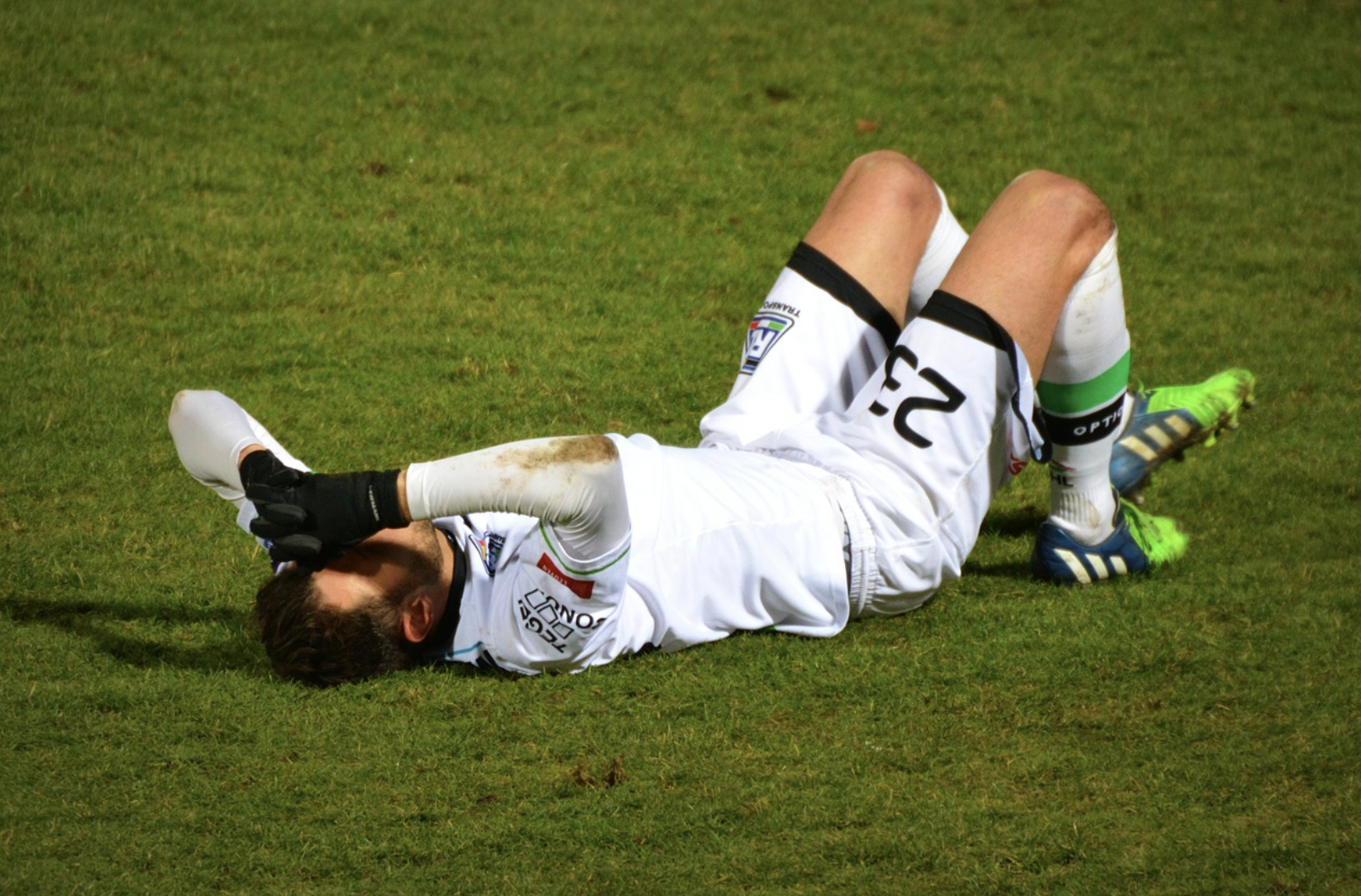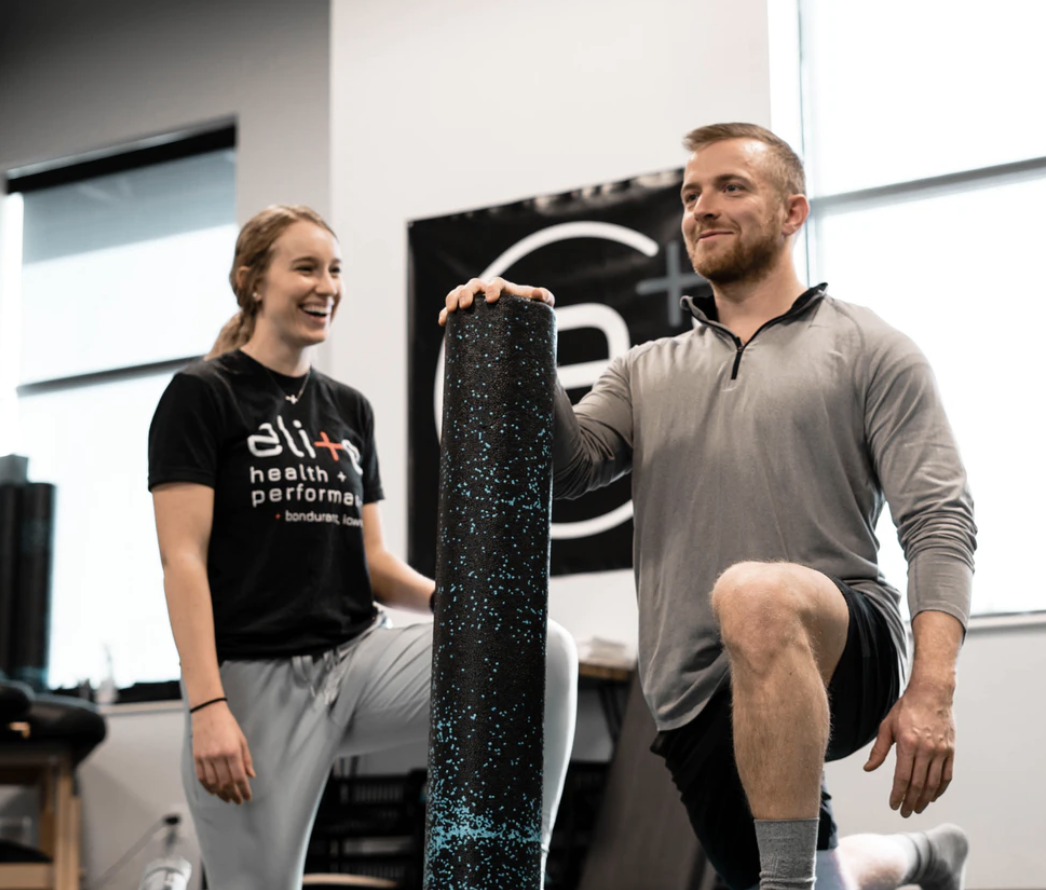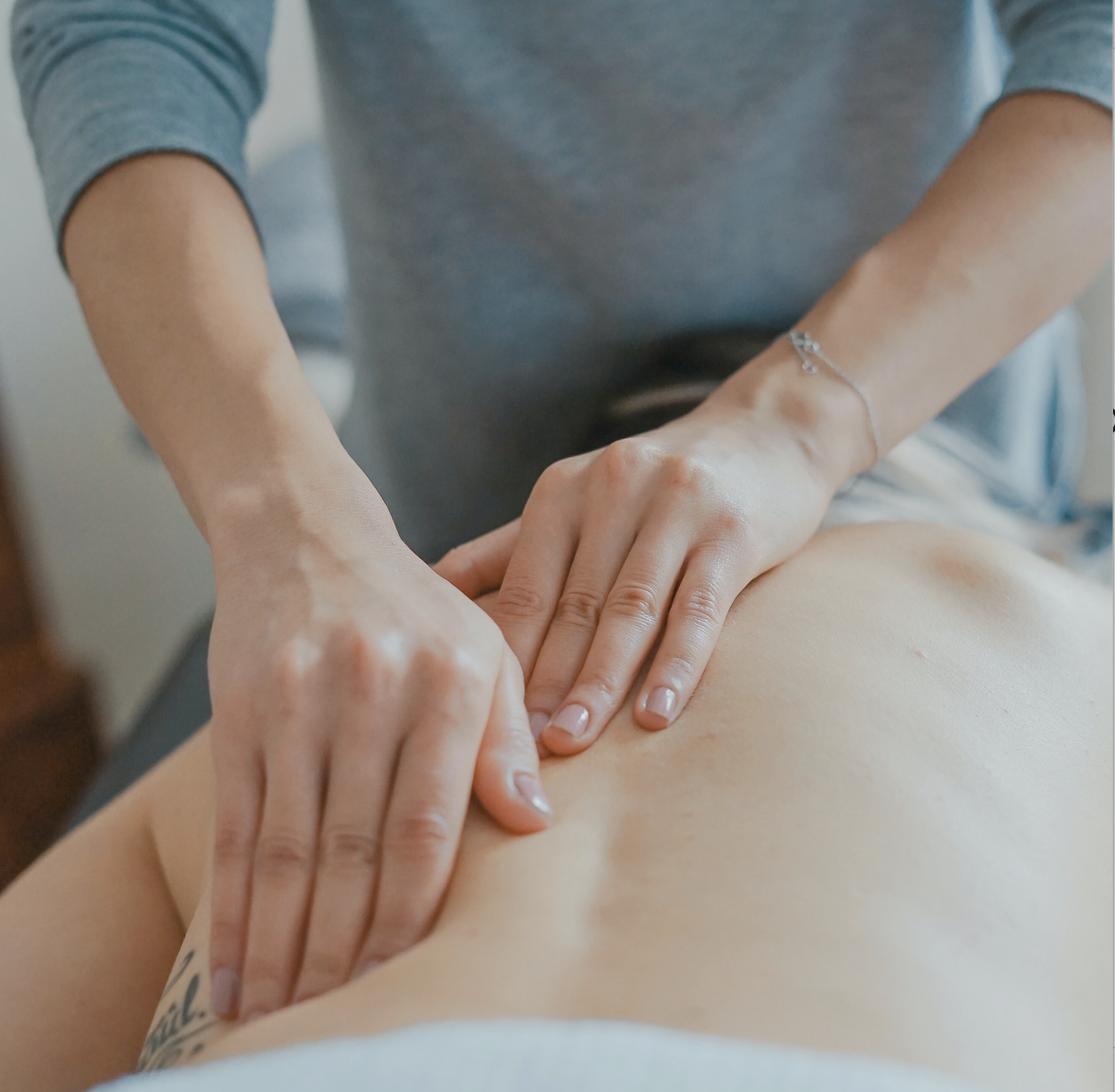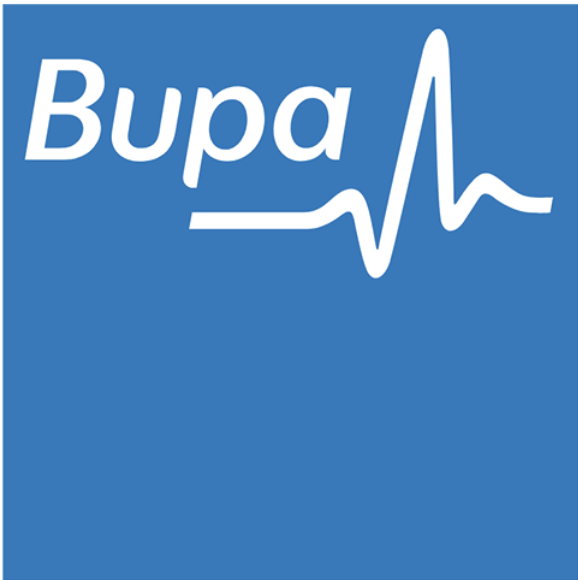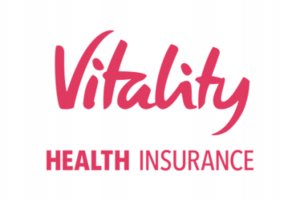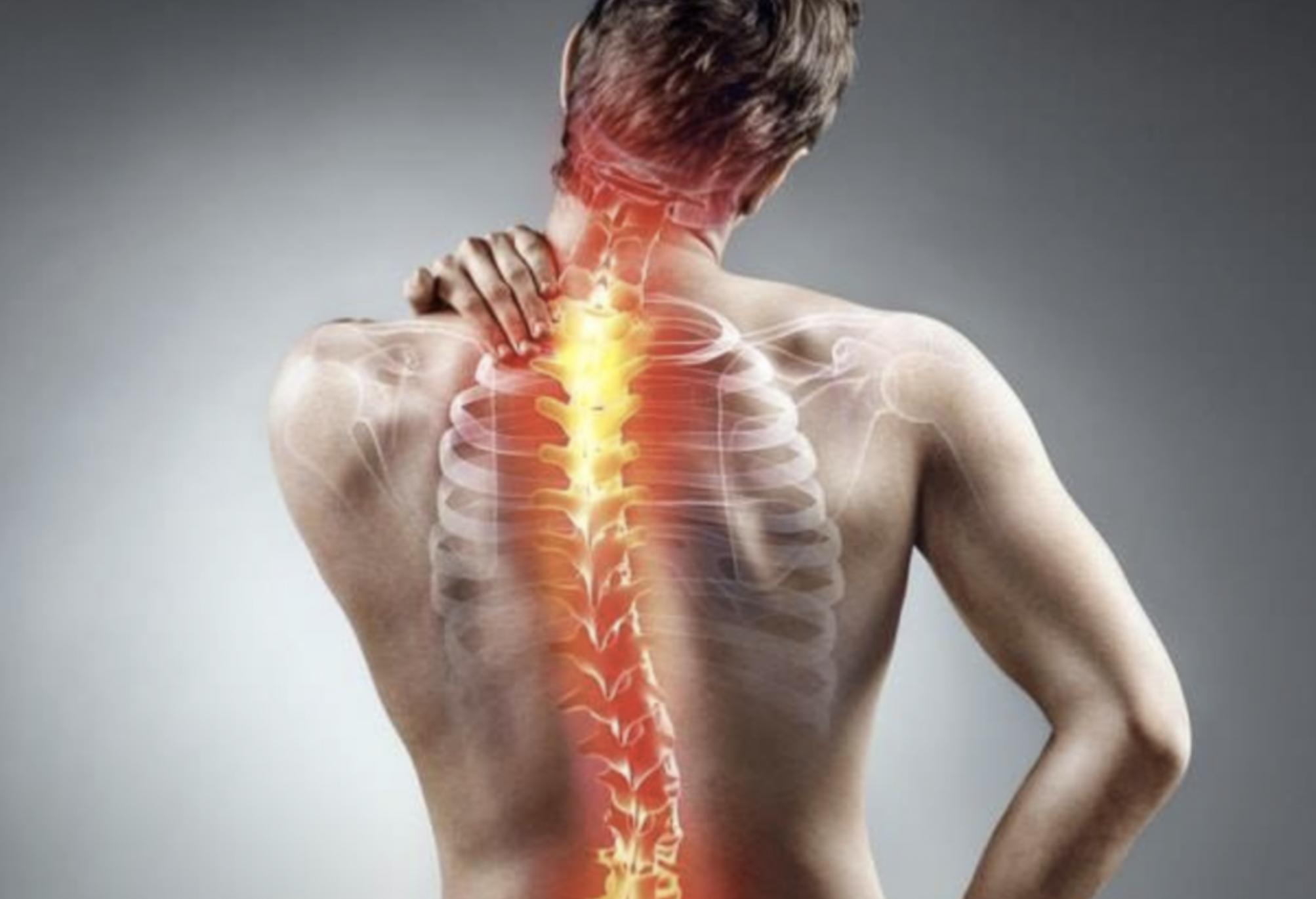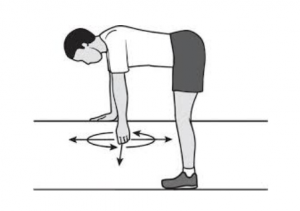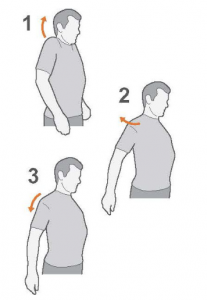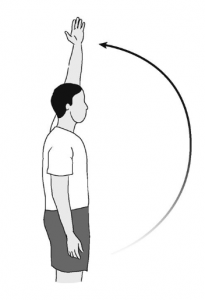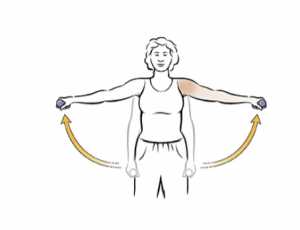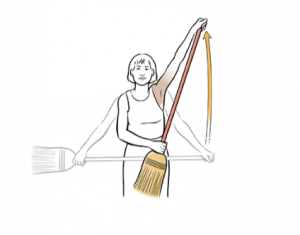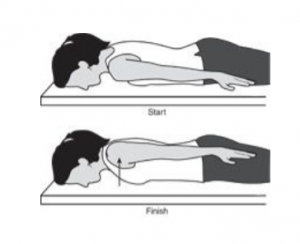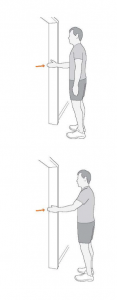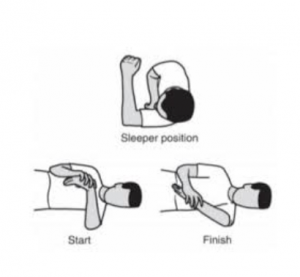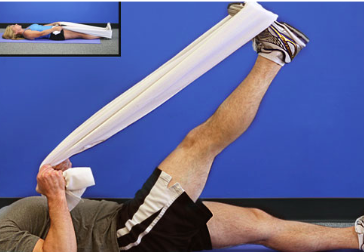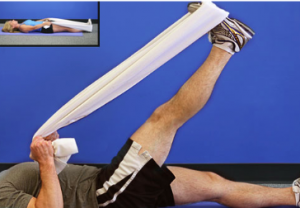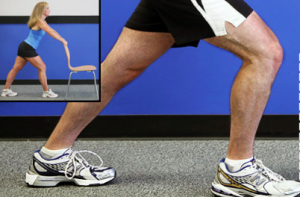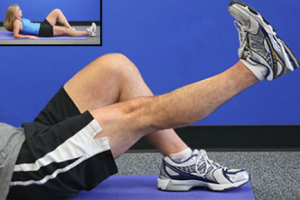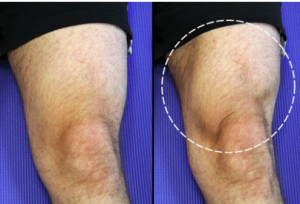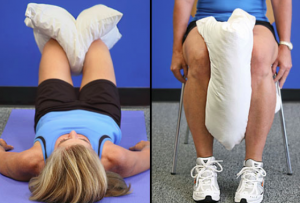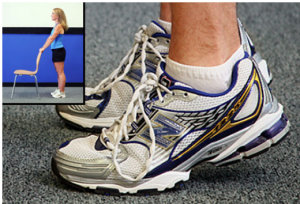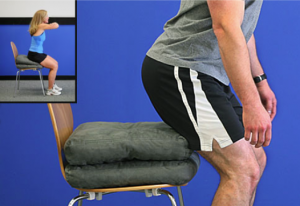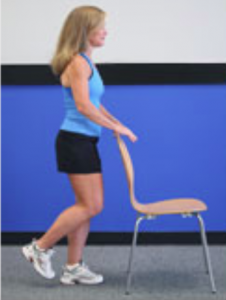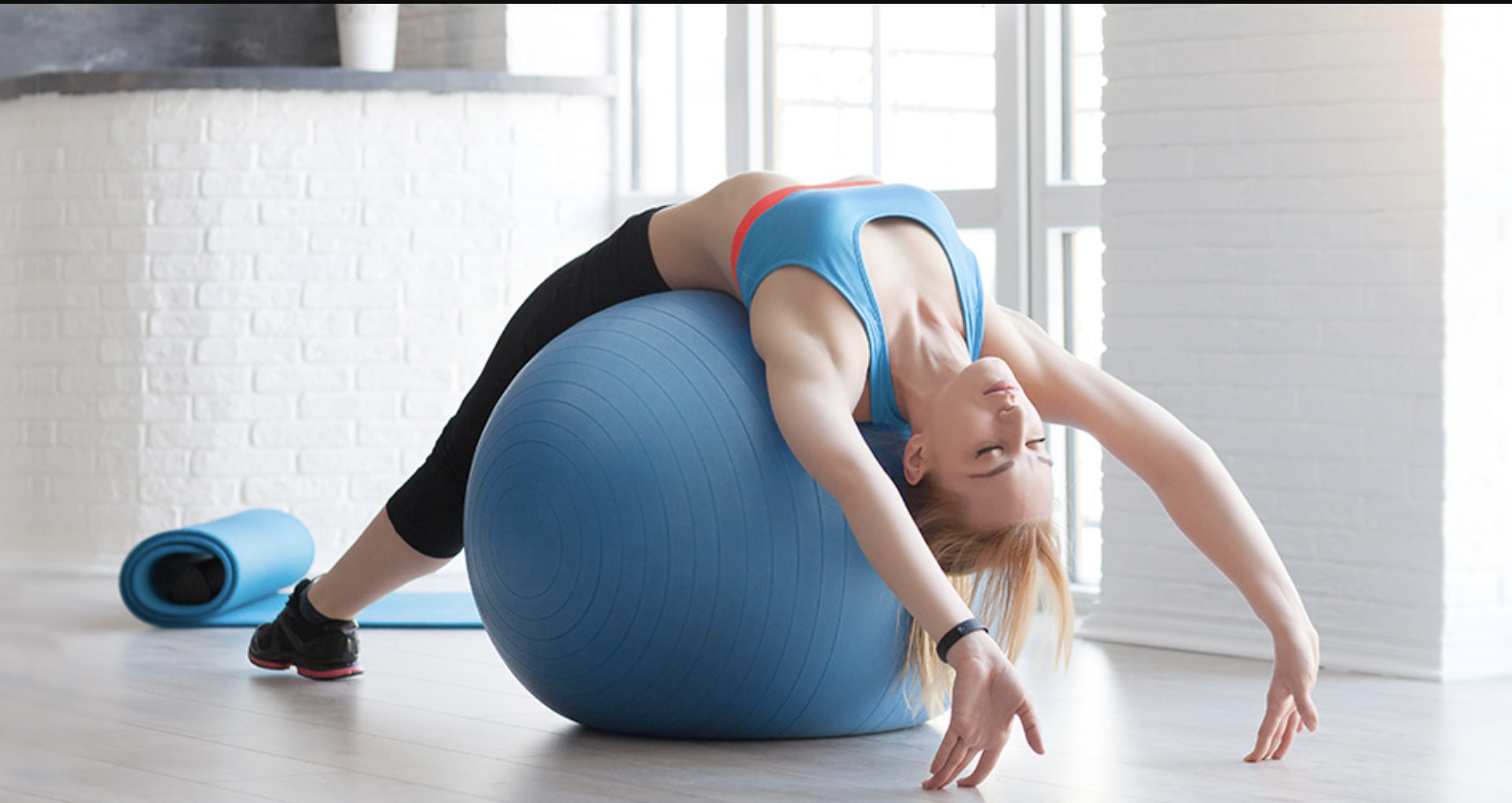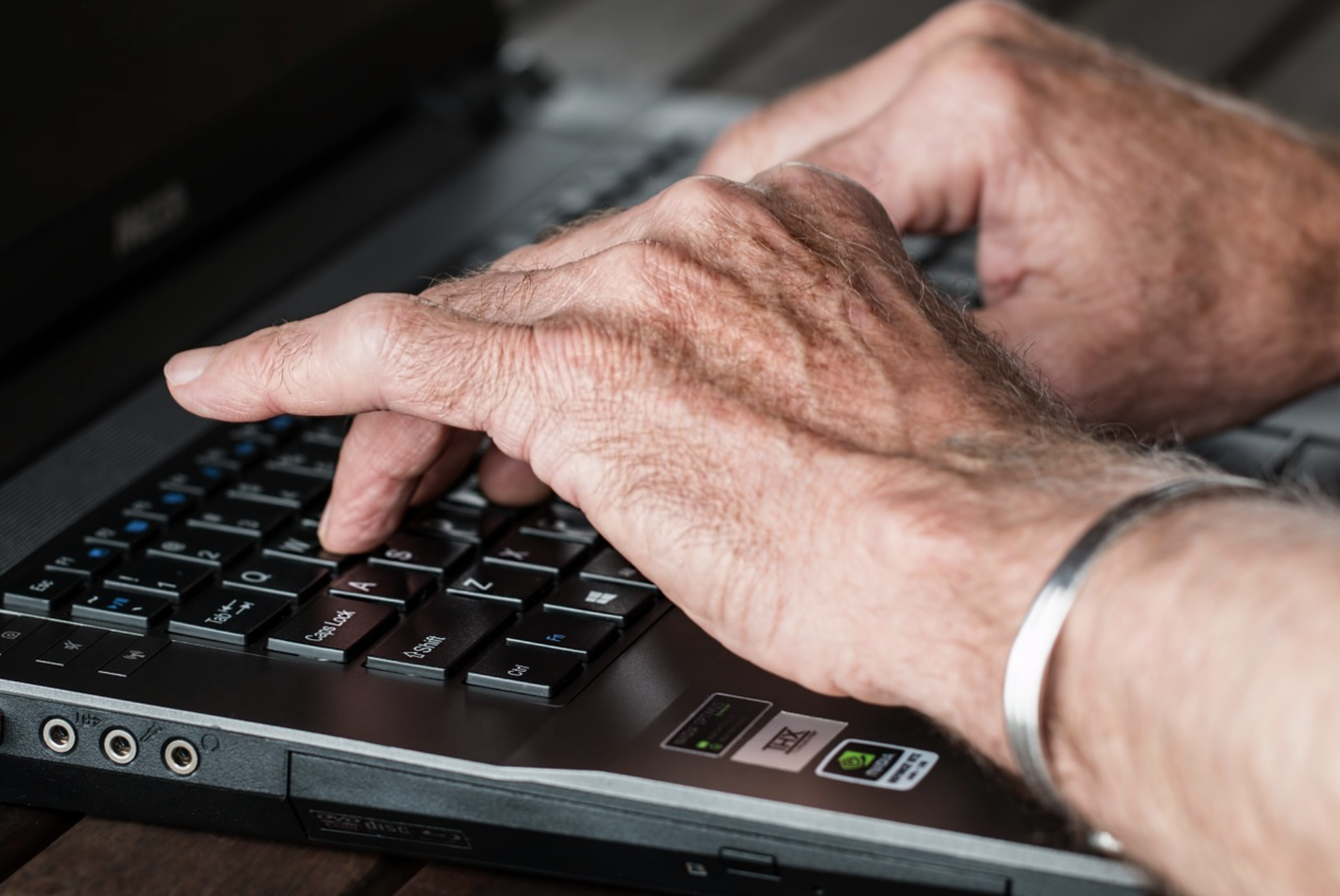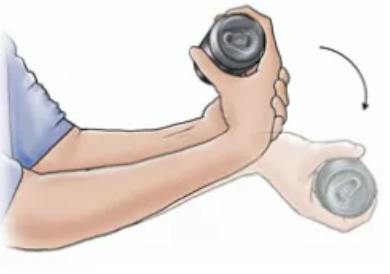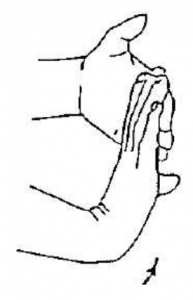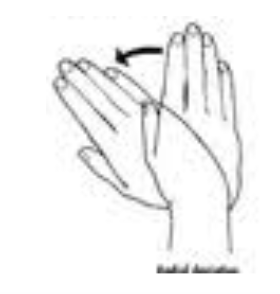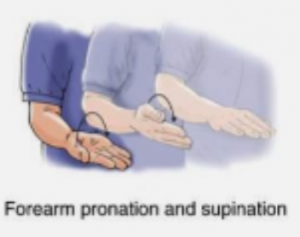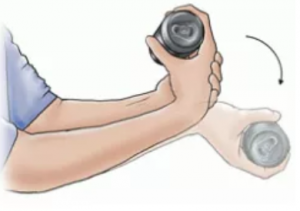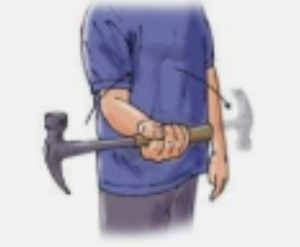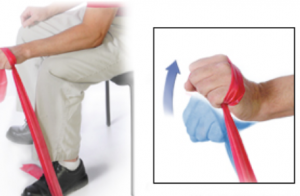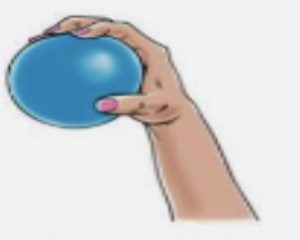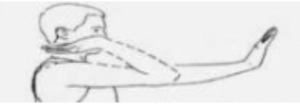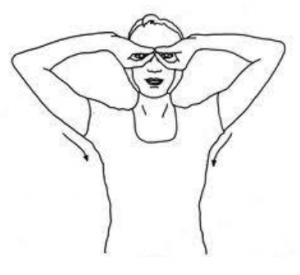12 tips for preventing sports injuries
We are all aware sports participation promotes physical and mental health, however it can also lead to many sport-related musculoskeletal injuries. These injuries can either creep up on us over time (chronic) or happen suddenly during sport (acute).
Whether you take part in sport for competition or fitness, you don’t want to be sidelined with an injury. Being suspect to an injury can prevent participation and activities of everyday living.
To keep injuries at bay, we have provided you with 12 tips for preventing sports injuries.
1. Always make time for rest days
While some may think, the more you train, the quicker you progress, this is a common misconception. Rest is an important component of proper training allowing time for tissues to repair. Overuse of muscles, tendons and ligaments creates constant state of inflammation in the body increasing the likelihood of injury.
2. Strengthening exercises.
Strength training promotes growth in muscles, tendons and ligaments – these soft tissues are commonly suspect to sports injuries. Strengthening relevant tissue surrounding the joint can improve performance and reduce any chance of injury.
3. Always ensure correct form/technique is used
You should always be aware of posture and movement during sport and exercise. Improper form may cause you to target unintended muscle groups and can leave you further away from your fitness goal.
4. Warm up
Warm muscles are less susceptible to injury. Carrying out a light warm up prior to sport participation increases the blood flow and body temperature – overall reducing the risk.
5. Cool down
A cool down is just as important as a warm up, allowing heart rate and blood pressure to gradually return to that of pre-exercise.
6. Make sure to use protective equipment
Professional or amateur, protective equipment should be worn to prevent against impact, whether that may be a helmet to prevent concussion or shin pads to minimise rapid contact.
7. Don’t play through the pain
Pain indicates there isn’t something quite right, pay attention to the warning sides and seek advice from a healthcare professional.
8. Stretch
Improving flexibility through stretching is an important factor to improving physical performance consequently reducing the risk of injury within sport.
9. Nutrition
Eating a well-balanced diet should be first line of defence when it comes to preventing injury: Carbohydrates provide energy and replenish glycogen stores to keep you going, protein helps repair and promote growth to muscle tissue and not to forget the fat; which are essential in the inflammatory process.
10. Hydration
Staying hydrated throughout sport is important to ensure efficient circulation, keeping joints lubricated and regulating body temperature. Dehydration can hinder sports performance and increases the risk of sustaining an injury.
11. Know your capability
When you push yourself too hard during training or train too many times without rest days, this can cause our bodies to become tired and weak, increasing the risk of injury.
12. Know the rules of the game
Knowing the rules of the game not only helps prevents injury against yourself but also against other players.
So that’s our top 12 tips for preventing sports injuries. Want to know more then get in touch with one of our team.

